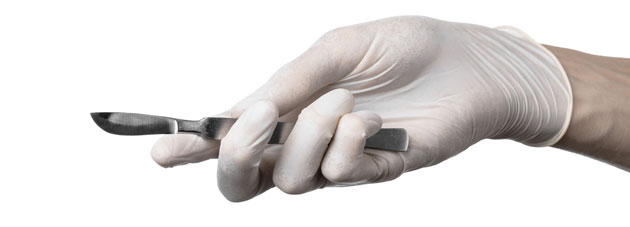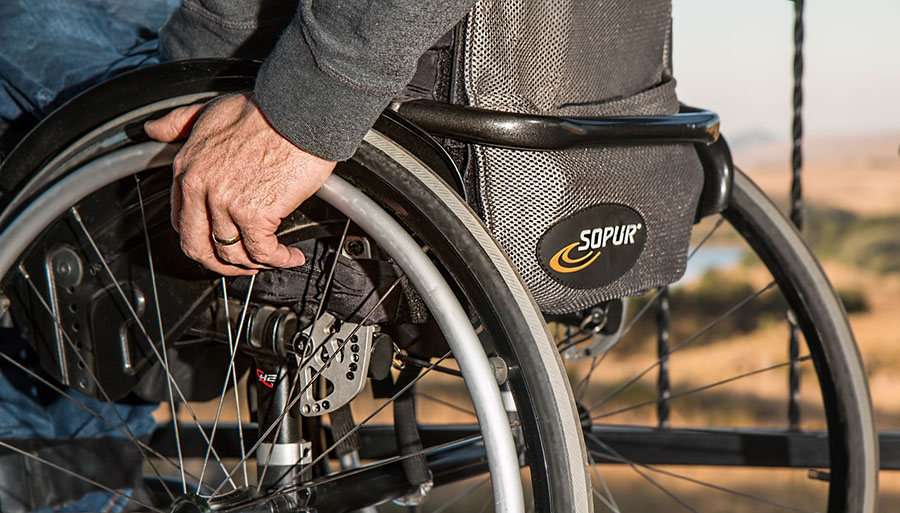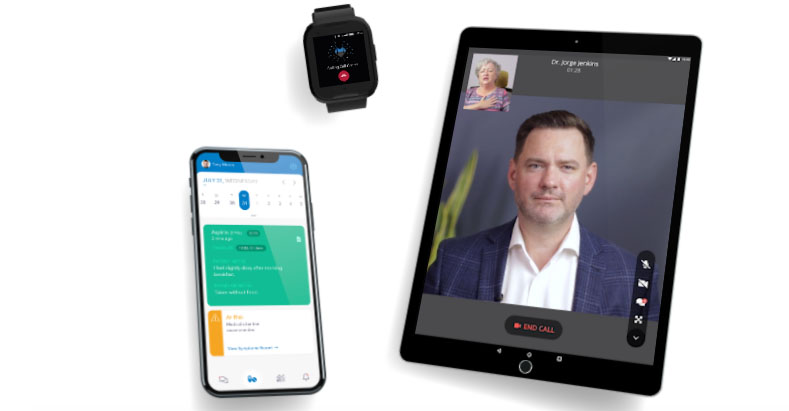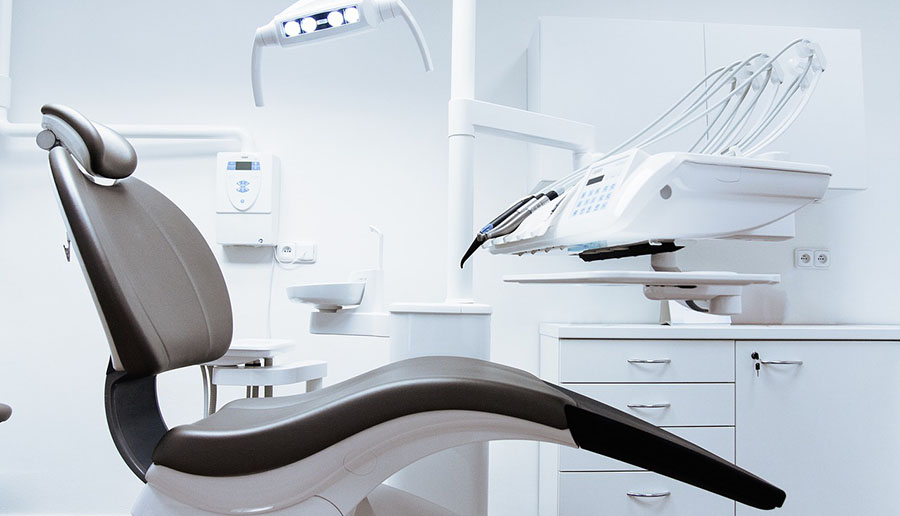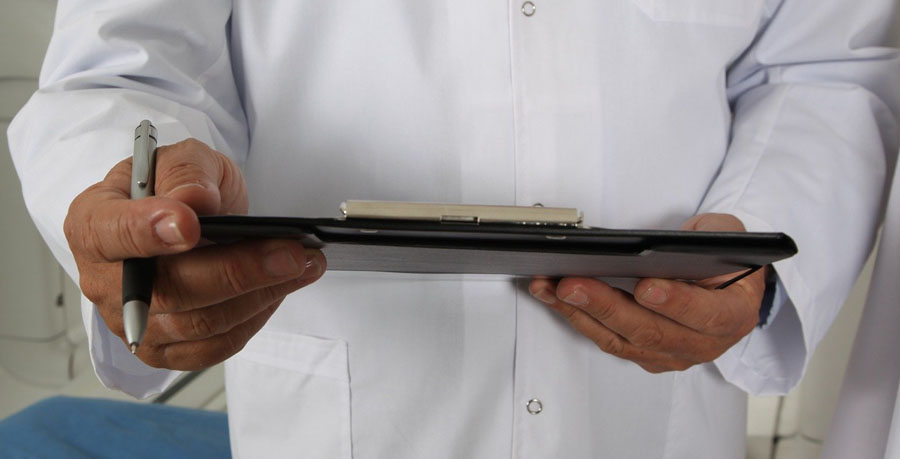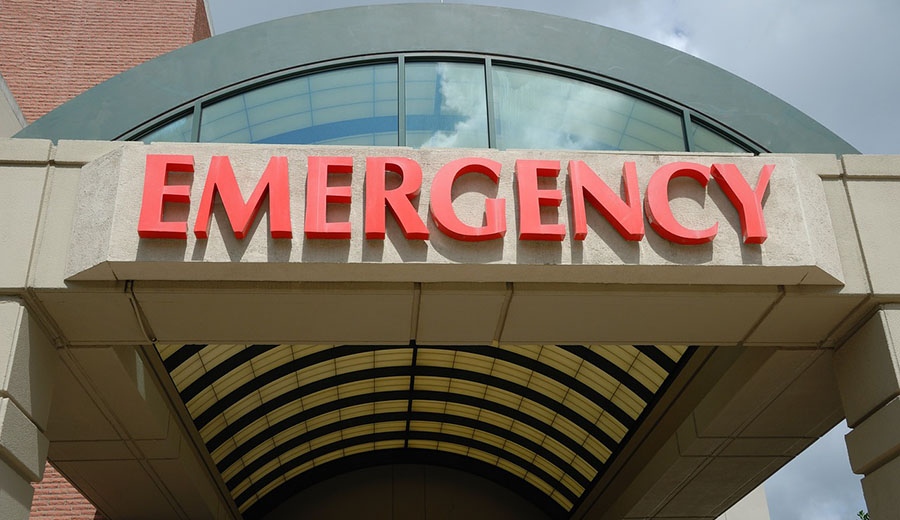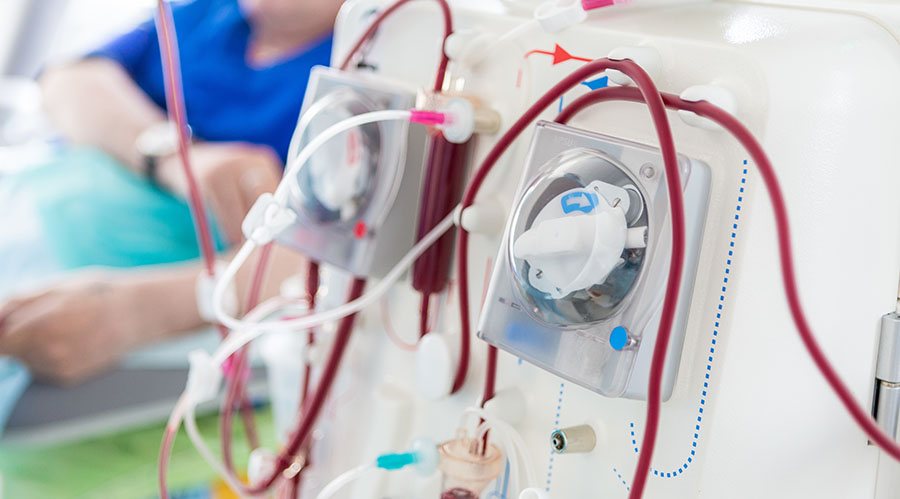The Life Sciences Report: The Q1/16 numbers for Nobilis Health Corp. (HLTH:NYSE; NHC:TSX) were very positive. I noted from your press release that your revenue increased by $13.4 million ($13.4M) to $51.3M in Q1, which was record revenue for you. That represents a 35% increase over Q1/15. You acquired the three new centers last year, but what other factors were responsible for that growth?
Kolin Ozonian: You nailed it on the head in terms of acquiring the three new facilities in the past year. But I think it's important to note that our acquisitions of late have been surgical hospitals. The difference between a surgical hospital and a surgical center is that surgical hospitals enable surgeons to do much more complex procedures, which can have up to a 72-hour inpatient cycle, whereas at an ambulatory surgical center, the patient goes home the same day. The physicians operating in the surgical hospitals are able to do more complex procedures to help patients, but at the same time these facilities are outside the traditional big-hospital model, where patients may be in beds for long periods of time. Our surgical hospitals are state-of-the-art and top-of-the-line, where complex surgical procedures that command a higher fee are performed.
TLSR: So these more complex procedures, as well as volumes of cases, help account for the ramped-up revenue?
KO: Yes. While these hospitals are very successful on the back end for us, they are also successful on the front end, allowing us to offer patients better alternatives than just going to their local large-campus hospital. These surgical hospitals provide a much better environment for our patients throughout the process, and we have some of the top surgeons in each of our markets at our facilities.
"Our surgical hospitals are state-of-the-art and top-of-the-line, where complex surgical procedures that command a higher fee are performed."
The 35% year-over-year growth in Q1 can be attributed to three factors: 1) the surgical hospitals; 2) the physicians who can do those types of complex surgeries; and 3) the marketing and technology capabilities that we have to go out and find the right patients for these types of surgical procedures.
TLSR: Your Q1/16 numbers were very good, but you had a delay of a couple of days in reporting those numbers. What happened?
KO: We have a unique business model: It is not a traditional model where you sell a tangible product and collect revenue. We've had a long-lived relationship with our auditing firm, Crowe Horwath, and as we have grown more rapidly, it has taken time for the auditors to understand how our business model works. The delay was simply a matter of working with Crowe to understand the dynamics of the model. It was a short delay, and there were no changes to our Q1 results.
TLSR: Were there particular factors that contributed to this delay?
KO: It had to do with the joint venture transaction structure we recently closed—due to its complexity and unique nature. Although this caused a delay, it was simply a time factor and there was no material change whatsoever. As expected, that transaction is proving to be tremendously successful.
From a public market perspective, investors do not see any kind of delay as a positive. However, internally we view it as a positive because we are making significant headway in helping Crowe better understand how to get the financials audited on a consistent basis. Also, on May 16 we announced the appointment of a new chief accounting officer, whose role is primarily to build our process and protocols to support Crowe Horwath in the audits going forward. We're very excited about that.
Even if things appear a bit rocky to some investors on occasion, we know internally that the fundamentals of the business are sound. We're simply trying to grow as fast as we can and support the needs of all parties—our patients, our shareholders, our personnel and our auditor.
TLSR: Data crunching is vitally important to a growing enterprise with multiple facilities. In the past, you and I have discussed your aggressive marketing approach. Can you attribute or correlate your growing procedure volumes to your marketing technology capabilities?
"The ability to aggregate patient data outside of the clinical setting is unique and provides tremendous opportunity both for the patient and the business."
KO: We absolutely can. We track patients and patient leads by zip code. We are able to understand where they're coming from and how they found us. Once patients do get involved and engage with our marketing and sales arm, we gather all of the data—patient histories, their insurance, medical profiles—to build a surgical candidate model, so that each patient will understand every detail of the procedure, in addition to the amount he or she will be responsible for out of pocket. At the end of the line is approval by our in-house physician assistants and the surgeons themselves. We have the ability to understand where patients are coming from and what's getting them excited. This ability to aggregate patient data outside of the clinical setting is extremely unique to the industry and provides tremendous opportunity both for the patient and the business.
TLSR: After you acquire a facility, how long does it take for your marketing system to kick in and start acquiring patients?
KO: Immediately, if not before. Here's why. We already have a database of hundreds of thousands—if not millions—of patients in a certain region. In the case of Dallas, for example—a major metropolitan area with surrounding cities and bedroom communities—we knew far in advance that there was great reimbursement in the area, and we knew there were people shopping for our services. Patients didn't want to drive an hour or two to one of our other facilities; they were looking for a high-quality local solution. Once we opened a facility in Dallas, we put all of those leads to work, plus the ones we continued to generate on top. We could get patients into our new facility on day one of opening. It's that fast.
The same thing happened in Phoenix. Before we had a facility there, the conversion rate on an eligible patient in that area was only about 2% because we'd have to get them on an airplane to Dallas or Houston. But once we opened a facility in Scottsdale, the conversion rate jumped to 18%. We begin marketing while simultaneously preparing to open the facility. That way, once the doors open, we already have patients scheduled. After that, it's just a matter of filling capacity and optimizing revenue streams.
TLSR: Let's talk about your new payment platform called Concertis, which launched on May 2. This initiative is being headed up by a new person in your organization, Marissa Arreola, a former health law partner at the law and lobbying firm of Baker Donelson. What is Concertis, and how does it work?
KO: Concertis LLC is a branded, information technology-based, bundled payment program under the Nobilis corporation. To give some background, let me describe the traditional payment or reimbursement system, in which hospitals or hospital systems have fixed fee-for-service contracts. For any patient covered under an in-network insurance plan, the hospital, center or facility bills the insurance company from a fixed fee schedule based on each type of procedure, and the facility is reimbursed based on that schedule. The insurer gets a bill from the surgeon, from the anesthesiologist, from the lab, from the radiologist, etc. Everybody involved submits a different bill to the insurance company. That's the traditional payment model.
"Concertis is building the foundation to engage additional physician providers and represents a significant marketing opportunity as a patient acquisition model."
A bundled payment plan is different. It puts the onus on the provider, who gets one bundled payment as reimbursement from the insurance company. It is the provider's job to then allocate and distribute payment to those who otherwise would have filed on a fee-for-service basis. This creates a performance-based incentive model where the provider is at risk. You must meet a specific set of quality measures, and if you can meet those quality measures, you get paid a fee that is historically better. But the accountability is now on the provider to render the best quality of care, not just the most productive care.
We at Nobilis know our surgeries and our surgical centers are of such size and quality that we're able to meet those quality measures, prove those quality measures through our investment in our information technology (IT) infrastructure, and then capture and negotiate bundled-payment contracts with not just the insurance companies but, also, with self-insured employers. That's what we will be doing with Concertis.
TLSR: Patients with fewer comorbidities should fit quite well into your bundled-pay platform. Is Concertis a technology that helps you in the patient selection process?
KO: Absolutely. It gives us the insight into the type of care, the quality of care, and the outcomes that are going to occur as part of this process. It also enables us to leverage our own proprietary database to enhance relationships with commercial payors and achieve greater savings.
TLSR: Concertis sounds like a huge undertaking for Nobilis. When will it become profitable? When will you get the return on your investment?
KO: We don't plan to see a material financial impact until early 2017. However, it is building the foundation for our ability to engage additional physician providers and represents a significant marketing opportunity as an additional patient acquisition model.
TLSR: I understand Nobilis is considering a new patient population—cardiovascular patients. I assume you're thinking in terms of interventional cardiovascular medicine such as angioplasties and stent placements. How do you figure on doing this?
"We're looking at acquisition opportunities every day that provide the opportunity to grow into those new markets."
KO: That's right: We are considering minimally invasive cardiology work. We are actually conducting the analysis right now to understand how and where cardiovascular interventions may make sense. Before we launch any new brands, we go into a deep due diligence process around the flow of patients currently coming to our facilities, as well as the physicians we know in some of our key target markets. We definitely see certain cardiac procedures in our future, and we are finding the cardiologists who would like to operate in a more entrepreneurial way. Nobilis provides exactly that platform for them to do that.
TLSR: Kolin, you're still a small company today—a ~CA$280M/US$215M market cap. How you define critical mass for Nobilis?
KO: I define critical mass for Nobilis as having a footprint from which to integrate and scale our marketing and technology model. To do that, we need facilities in key demographic markets across the U.S. because, as in the examples of Houston, Dallas and Scottsdale, we know we can have a tremendous impact on these facilities when we overlay our marketing capabilities. When we achieve a national footprint, with key geographic locations, and when we are leveraging our proprietary marketing technology and sales efforts with great scale. . .that to me is when we reach critical mass.
TLSR: How do you get to critical mass?
KO: We can get there two ways. We can continue to grow into new markets, and we're looking at acquisition opportunities every day that provide the opportunity to grow into those new markets. The other way is by making a transformative acquisition of a company that already has a national footprint and can provide that critical mass overnight.
TLSR: Kolin, thank you for your time.
With more than a decade of experience, Kolin Ozonian has helped companies and their clients realize multimillion-dollar growth through mergers and acquisitions while overcoming financial, strategic and operational obstacles. Whether directly contributing to shaping a company's future, leading performance, or brokering deals, he thrives on gaining a competitive edge in an entrepreneurial culture. Prior to joining Nobilis Health Corp., Mr. Ozonian was instrumental in growing McKesson's Solutions Group to an internal firm dedicated to improving the business of healthcare via the execution of merger-and-acquisition transactions alongside strategic M&A advisory services, both in the United States and globally. In parallel, he spearheaded a five-year plan to quintuple the business through organic growth, new market penetration, acquisitions and funding. Directly impacting the evolution of the healthcare landscape, Mr. Ozonian's strategic execution has garnered bottom-line results, key capital and equity market positions, and an impressive global healthcare client roster. He's exceeded expectations in identifying and closing accretive acquisitions, in addition to negotiating strategic agreements with an emphasis on disruptive models that align with a consumer-driven healthcare environment. Currently, Mr. Ozonian heads up the corporate development division for Nobilis Health Corp., which includes all mergers, acquisitions, joint ventures and investor relations.
Read what other experts are saying about:
Want to read more Life Sciences Report interviews like this? Sign up for our free e-newsletter, and you'll learn when new articles have been published. To see recent interviews with industry analysts and commentators, visit our Streetwise Interviews page.
DISCLOSURE:
1) Dr. George S. Mack conducted this interview for Streetwise Reports LLC, and provides services to Streetwise Reports as an independent contractor. He owns, or his family owns, shares of the company mentioned in this interview: None.
2) Nobilis Health Corp. paid Streetwise Reports to produce and distribute this interview. Streetwise Reports does not accept stock in exchange for its services. Click here for important disclaimers. The information provided above is for informational purposes only and is not a recommendation to buy or sell any security.
3) Kolin Ozonian had final approval of the content and is wholly responsible for the validity of the statements. Opinions expressed are the opinions of Kolin Ozonian and not of Streetwise Reports or its officers.
4) Kolin Ozonian: I was not paid by Streetwise Reports to participate in this interview. I had the opportunity to review the interview for accuracy as of the date of the interview and am responsible for the content of the interview. I or my family own shares of the following companies mentioned in this interview: Nobilis Health Corp.
5) Interviews are edited for clarity. Streetwise Reports does not make editorial comments or change experts' statements without their consent.
6) The interview does not constitute investment advice. Each reader is encouraged to consult with his or her individual financial professional and any action a reader takes as a result of information presented here is his or her own responsibility. By opening this page, each reader accepts and agrees to Streetwise Reports' terms of use and full legal disclaimer.
7) From time to time, Streetwise Reports LLC and its directors, officers, employees or members of their families, as well as persons interviewed for articles and interviews on the site, may have a long or short position in securities mentioned. Directors, officers, employees or members of their families are prohibited from making purchases and/or sales of those securities in the open market or otherwise during the up-to-four-week interval from the time of the interview until after it publishes.



